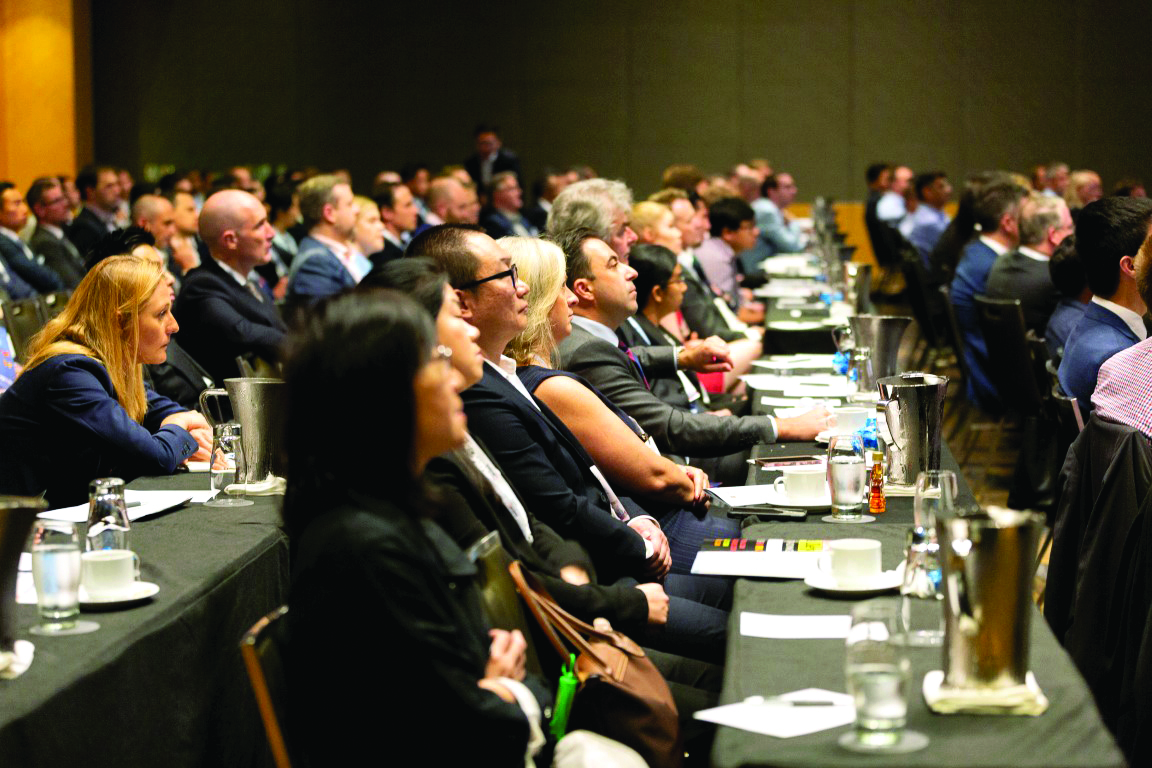5 min read
Electronification and the Tech Revolution in Credit Trading
'Electronification' and the Technology Revolution in Corporate-Bond Trading
3 min read
winter_chan Mar 15, 2009 11:05:00 AM

By Winter Chan, Head of Trading Technology APAC, J.P. Morgan Asset Management, and Co-chair APAC Technical Committee at FIX Trading Community
 Winter Chan, J.P. Morgan Asset Management
Winter Chan, J.P. Morgan Asset ManagementCOVID-19 has brought a totally different dynamic to how the world approaches work, and it has made many firms think about buy-side trading operations from a different perspective.
As equity traders, we have all had to reconfigure how technology and communications work in the absence of a typical ‘trading room’ setting. We’ve reimagined how we work while critically maintaining our ability to run processes with all the same speed, efficiency and efficacy, to enable us not only to continue to serve investors without interruption, but also to capitalize on the volatility that these disruptions have created. The key focus throughout has been on operational resilience and adaptive flexibility, made possible by years of infrastructure investment long before the onset of the global pandemic.
An example of this can be found in just how rapidly the trading function itself evolved since COVID, as working from home suddenly became a norm in much of the developed world in March and April of this year, and in Asia somewhat before that.
Certain trading functions were previously considered too difficult to operate outside of the traditional trading room. Equity buy-side trading teams such as ours drew on what had been a long history of well-established investment in technology infrastructure to recreate the controls and processes necessary to enable remote replacements for physical trading floors. This included leveraging advanced electronic trading whilst applying solid cyber security controls.
Working from home hasn’t stopped us from progressing with our business priorities and improving the trading desk’s global workflows. In order to make progress we’ve started with the tasks and activities that could be most easily accomplished, such as pre-existing structured flows on the desk. We’ve then moved on to tackling less structured and more nuanced and complex workflows.
For trading orders that are generally simpler and easier to execute, we’ve engineered effective ways to automate those workflows by leveraging data analytics and machine learning techniques. This enables our traders to focus on more value-added work with more costly, less liquid workflow.
The ultimate aim for trading technology teams has long been to work towards a globally consistent workflow, as well as to try to simplify what is often a complicated implementation process by continuing to invest in new technology solutions. Trading via China’s Stock Connect is a good example – it used to be a complicated implementation process because of the same-day settlement and pre-funding model, but with support from tech changing settlement instruction generation to brokers, we are able to take a layer of cash management and complexity out of the workflows.
With or without COVID, we focus on external collaboration, including enhancing communication across various channels, to help make our ever-increasing interactions with the sell side less bespoke and more scalable, whilst achieving the quantitative workflows the traders are looking for.
We believe there are three key aspects of successfully operating on secure and financially compliant messaging platforms such as Symphony and Bloomberg.
First, we are building interactions with the sell side via these systems to facilitate quantitative decision making. For example, our proprietary model that assesses indication of interest (IOI) quality is linked into our systems and has the potential to automate or semi-automate some of this flow.
Second, we are focused on searching for and sourcing enhanced liquidity. Similar to the above, this allows our traders to send our IOI selectively to brokers who may be best-suited or most efficient to execute the given trade. This allows our traders to take advantage of the power of our internal models to build structure around a key part of our liquidity landscape — another big step to a more quantitative approach to high touch workflow.
Third, we are exploring the use of Symphony as an open communication platform. We are doing this by working with the brokerage community to come up with innovative workflow solutions for two-way interactions via chatbots, so they can be leveraged by our traders and models. There are many different use cases that have developed, and these have become especially useful when workflows are structured, allowing them to empower trading decisions and supplement trading information.
Thus far COVID-19 has not compromised our ability to deliver on our vision, thanks in a large part to a multi-year investment in infrastructure as well as to the long-term trust we have built with our trading partners. This trust has been founded in delivering quantifiable outcomes and in a strong shared understanding and collaboration, facilitated initially by co-location next to them in the office over the last few years, which has transferred well to a remote working environment.
The modern practices we utilize around the application development lifecycle have also put us on solid ground as we have adapted and altered our working practices. Although the future is unclear with respect to the virus, firms with long-term commitment and investment in technology and infrastructure will be best-positioned to cope with ongoing COVID disruptions while still seizing new opportunities and maintaining efficiency.

5 min read
'Electronification' and the Technology Revolution in Corporate-Bond Trading

5 min read
By Yemi Oluwi, Co-Chair, Australia Working Group, FIX Trading Community, and Head of Technology, National Stock Exchange of Australia and Eugene...

4 min read
By Lee Saba, CTO & Head of Market Structure, Rialto Markets, and Global Co-Chair, FIX Trading Community; and Hanno Klein, Technical Director, FIX...